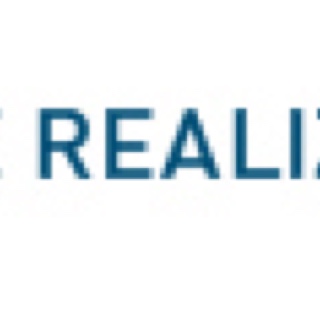Title Page
-
Site conducted
-
Conducted on
-
Prepared by
-
Location
SITE INSPECTION.
Page 1/5
SAFE PLACE OF WORK.
-
1. Can everyone reach his or her place of work safely.
-
2. Are all working areas and walkways level, free from obstructions, such<br>as stored material, and waste.
-
3. Is the lighting adequate.
-
4. Is the site tidy, and materials stored safely.
-
5. Are there proper arrangements for collecting and disposing of waste<br>materials.
-
6. Are holes and openings securely guard railed, or provided with fixed,<br>clearly marked covers to prevent falls.
SCAFFOLDING.
-
7. Is there a current in date scaffolding Tag.
-
8. Are scaffolds erected, altered, and dismantled by competent persons.
-
9.Is there safe access to the scaffold platform.
-
10. Are there double guardrails and toe boards, or other suitable<br>protection, at every edge, to prevent people falling.
-
11. Are the toe boards at least 150 mm in height and the max gap 470mm.
-
12. Is the upper guardrail at least 950 mm above the working area.
-
13. Are stored materials distributed evenly.
-
14. Are brick guards provided to prevent materials falling from scaffolds.
POWERED ACCESS EQUIPMENT.
-
15. Does the platform have guardrails and toe boards to prevent falling.
-
16. Are harnesses worn by personnel in ‘baskets’.
-
17. Have precautions been taken to prevent people being struck by the<br>moving platform, projections from the buildings or falling materials i.e.<br>exclusion zone.
-
18. Are the operators trained and competent.
-
undefined
LADDERS.
-
19. Are ladders used as a means of access in good condition.
-
20. Are they secured to prevent them slipping sideways or outwards.
-
21. Do ladders rise about a meter above their landing places.
EXCAVATIONS.
-
22. Is there adequate support for the excavation.
-
23. Are there guardrails or equivalent protection to stop people falling in.
-
24. Could the excavation affect the stability of neighbouring structures.
-
25. Are stacked materials, spoil, or plant stored near the edge of the<br>excavation likely to cause a collapse of the side.
MANUAL HANDLING.
-
26. Can the handling of heavy objects be avoided.
-
27. Are hoists, telehandlers, wheelbarrows and other plant or equipment<br>used so that manual handling is kept to a minimum.
HOISTS.
-
28. Is the hoist protected by a substantial enclosure to prevent someone<br>from being struck by any moving part of the hoist or falling down the hoist<br>way.
-
29. Are gates provided at all landings.
-
30. Are the controls arranged so that the hoist can be operated from one<br>position only.
ROOF WORK.
-
31. Are there barriers or other edge protection to stop people or materials<br>falling.
-
32. Are people excluded from the area below the roof work.
-
33. If this is not possible, have additional precautions been taken to stop<br>falling debris.
CRANES AND LIFTING APPLIANCES.
-
34. Is the crane on a firm level base and the outriggers extended.
-
35. Are slinger / signallers controlling lifting operations.
-
36. Are people prevented from working or walking under a raised load.
TRAFFIC AND VEHICLES.
-
37. Have separate pedestrian and vehicle access points and routes been<br>provided.
-
38. Have one-way systems or turning points been provided to minimise the<br>need for reversing.
-
39. Where vehicles have to reverse, are they controlled properly by<br>banksmen.
FIRE & EMERGENCIES.
-
40. Have emergency procedures been developed.
-
41. Is there a way of raising the alarm.
-
42. Are the escape routes adequately lit and signed.
-
43. Are there proper storage areas for flammable liquids and gases i.e.<br>LPG and solvents.
-
44. Are adequate bins or skips provided for storing waste.
NOISE.
-
45. Is ear protection provided and used in ‘Hearing Protection Zones.
WELFARE.
-
46. Have suitable toilets been provided and are they kept clean.
-
47. Are there clean washbasins, warm water, soap, and towels.
-
48. Are there facilities for changing, drying, and storing clothing.
-
49. Is drinking water provided.
-
50. Is there a site hut or other accommodation where workers can sit,<br>make tea, and prepare food.
PROTECTION OF THE PUBLIC.
-
51. Are the public protected from the works.
-
52. Is the perimeter fencing secure and undamaged.
-
53. Are the gates secured at the end of the working shift.
Summary
-
undefined
Conclusion
-
undefined
-
Signature
-
Date and Time













